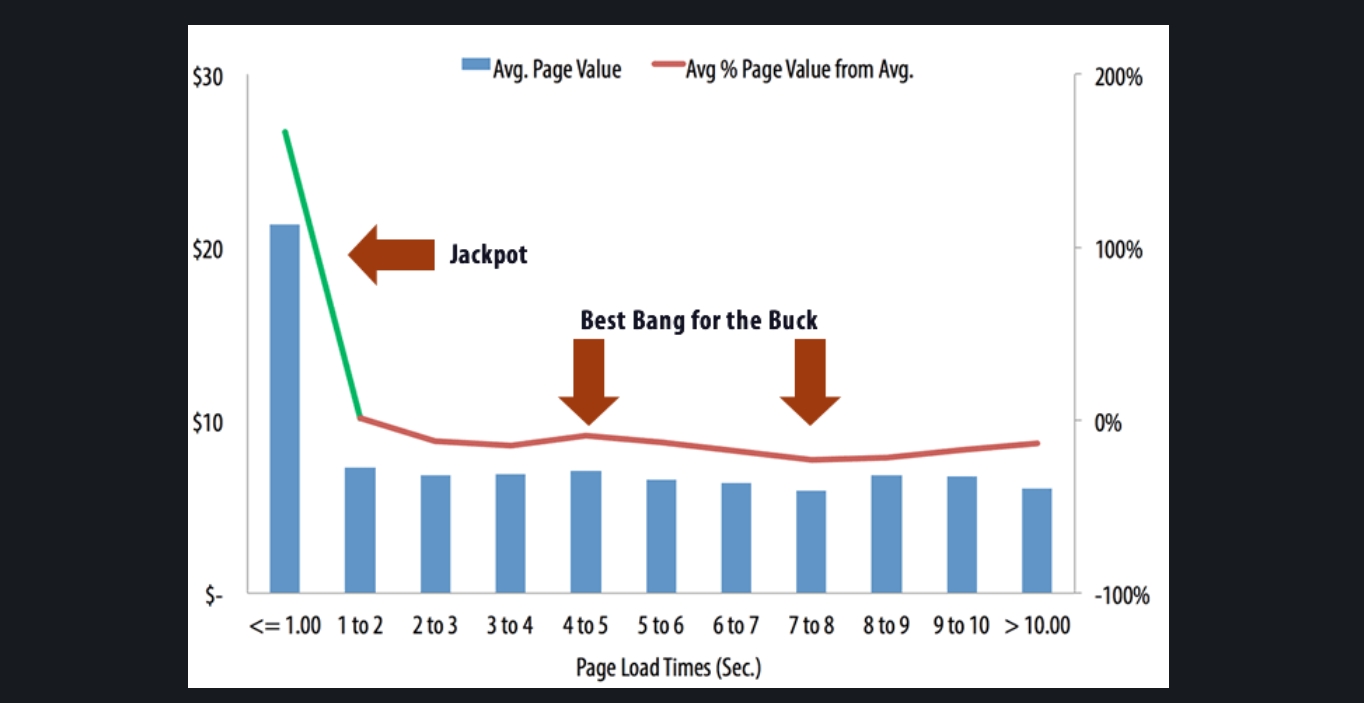How to improve page load speed of your website and improve conversions?

One of the most challenging aspects marketers confront is increasing website page speed. Marketers are too technical to comprehend the scale of the effort, yet it is critical to practically every facet of marketing effectiveness.
Over time, it has become evident that page speed, high bounce, and visitor retention are all directly related. In addition, Google has said that page speed is a factor in its ranking algorithm.
Experts at digital marketing Virginia Beach suggest that any website’s page speed should be monitored and improved as possible.
Let’s have a look at a few numbers:
Effect on on-page engagement: Websites that load in 5 seconds have 70 percent longer average visits than those in 19 seconds.
Impact on conversions: According to UK studies, 67 percent of online customers abandon their carts when a website is delayed. Conversion rates can rise by 10% to 20% if a page’s load time is reduced by one second.
Customer loyalty is affected: Approximately 80% of online customers who have problems loading a site say they will not return to make a purchase.
Here’s how to boost your website’s page speed and unlock its full potential:
Step 1: Reducing Redirects is the first step.
If you have a lot of redirects on your site, you’ll have a lot of HTTP requests, which will slow down your page. You should also correct broken links because they significantly influence user experiences.
Even if the old URL is correctly linked to the new version, fix internal linking to point to the functioning URL.
Redirect chains, which are a sequence of redirects that take you from one version to another, should be avoided. All of those different processes cause your site to load slowly.
Broken links and redirection may hinder many visitors from following your sales funnel. Keep an eye on broken links and redirects and fix them as soon as possible.
Step 2: Think about partnering with a content distribution network.
A CDN comprises several data centers, each of which copies a certain website. Users will have more dependable and quicker access to the site since these copies are kept in several geographic locations.
This suggestion is especially crucial for international companies who receive a lot of traffic and conversions worldwide.
Impact on conversions: A sluggish website of Virginia Beach IT companies will cause your international clients to abandon it altogether. With a CDN, you can track and enhance your worldwide performance.
Step 3: Remove Render-Blocking Javascript
Avoid utilizing render-blocking Javascript in your website architecture, particularly external scripts that must be retrieved before running.
Asynchronous or delayed rendering should be used for scripts that don’t need to be loaded right away.
This is especially crucial for the area of your website that is above the fold.
Impact on Conversions: A Javascript code is used to install most traffic and conversion analytics solutions. Check to see if you are slowing down your site.
Step 4: Make the Most of Browser Caching
When a user visits a website, the site creates a cache that holds data such as Javascripts, photos, stylesheets, and other items. This is done so that the complete page does not have to be refreshed when a visitor returns.
This speeds up the page by reducing its time to send many HTTP queries to the server. It also lowers bandwidth use and, consequently, the total cost of hosting a website.
Impact on conversions: Because it is well-known that repeat customers generate the most money, this strategy assures that your return visitors have a better experience.






